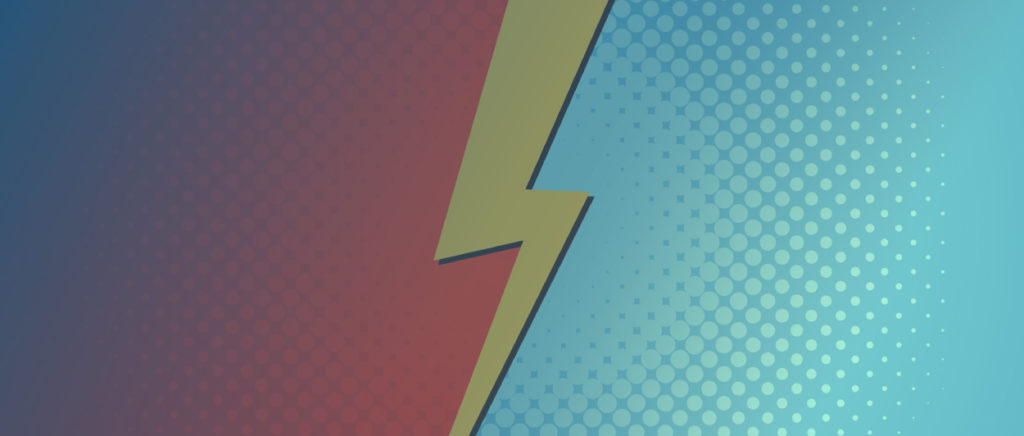139. Fabrice Testa on Super Entrepreneurship

Entrepreneurship is a method, and it’s also a mindset. Fabrice Testa has written a book that brilliantly integrates the two: he calls the integration “Super Entrepreneurship,” and his book title is therefore Super Entrepreneurship Decoded. He has the appropriate credentials as a proven super-entrepreneur who has created and nurtured numerous great companies (and successfully sold a couple of them).
Fabrice knows the true meaning of the phrase, “The day before something is a breakthrough, it’s a crazy idea”.
Entrepreneurs are animated by their purpose. Super entrepreneurs embrace a massive transformative purpose.
The motivation for entrepreneurs is to help others — to solve problems for others, as we sometimes phrase it. Super entrepreneurs, in Fabrice Testa’s language, are those who choose to dedicate their businesses to solving the biggest problems. By setting big goals, they attract many like-minded partners, collaborators, and employees. By targeting transformation, they aim to change the world in a significant way.
In making this choice, super entrepreneurs are delving deeply into their own personal story to understand their own drivers and their own passionate commitment. There’s a major self-discovery component.
Having set their MTP, super entrepreneurs develop a systematic approach to the pursuit of their goal.
Fabrice Testa recommends that super entrepreneurs combine what he calls CRAZY thinking with a relentless sense of purpose. CRAZY is an acronym for elements of entrepreneurship that Testa calls the Five Secrets. We agreed not to give them away, but they add up to a five-step method entrepreneurs can follow, and a checklist that they can use to assess the market power of their own concepts and business models.
The context for the 5-step method is the exponential rate of growth of available and applicable technologies for entrepreneurship, and the convergence of those technologies that results in a compounding of productivity. When, for example, sensor-based data collection can be combined with A.I. and robotics, whole new fields of automation open up, potentially helping billions of people.
A relentless sense of purpose is a major element in the super entrepreneurial mix.
Super entrepreneurs are highly motivated. They display high levels of ambition and drive, and they generate strong momentum. They seek change, and aim for breakthroughs. They love to set the bar high.
There is a spirit to super entrepreneurship, an intangible spark of super energy and boldness that sets the best entrepreneurs apart and powers them to unusual levels of achievement.
There’s a plan, but it’s not fixed.
Fabrice Testa identifies a master plan for the activities of high-achieving entrepreneurs, but it’s not the restrictive plan of the business school strategist. One term he used was Roadmap: there’s a goal to get from A to B, but it’s OK to visit C, D and E along the way, and to learn and double back and embrace recursive procedures to reach the targeted end-results. The key to success is keeping the goal in mind with flexibility on the route to get there.
Let the customer be the guide.
Testa subscribes to the protocol of involving the customer early and often in the process of designing and building a product or service or a company. Entrepreneurs are always working with assumptions, and, at minimum, must validate them with customers.
He introduced us to the “Starbucks method” of customer validation. Park yourself in Starbucks, order a beverage of your choice, then look around for likely-looking people who might be open to a brief conversation about your idea or proposal or even prototype. It’s easy to engage people, they’re willing to help, and you can offer to buy them a coffee to lubricate the relationship. A few hours investment of your time and a few dollars invested in coffee will result in a deep, broad and rich set of reactions and responses and a meaningful feedback loop.
Success is more about fitting in than it is about timing.
When writers and historians are trying to analyze the unusual success of a particular business, they often attribute a lot of the cause of the outcome to timing — the product or service or technology came along at just the right time. This is a misinterpretation. The happy correspondence of a new offering with a receptive context is not timing but fitting in.
According to Fabrice, to fit in in a big way is to fit in with the zeitgeist of the era. The dictionary definition of zeitgeist is the general intellectual, moral, and cultural climate of an era. What Fabrice is pointing towards is a heightened ability to sense the movement of the time, and the direction of its flow, and to step into that river at the right point.
Entrepreneurship is everywhere, and can be achieved at multiple scales.
Super entrepreneurship is not limited by the scale of resources, but it can certainly be augmented wherever resources are abundant. That’s why we seek to encourage entrepreneurship for individuals, teams, and firms of all size, including the largest corporations. Big companies under-perform at entrepreneurship for two reasons. First, they spawn bureaucracy, which is a form of organization that is counter-entrepreneurial. Second, they have existing businesses to defend and fear the consequences of self-disruption.
The solution is to change the purpose of big corporations so that they can become super-entrepreneurial. The purpose would be to create new businesses with no bureaucracy and separated from the defense mechanisms of existing business units or divisions.
Additional Resources
Super-Entrepreneurship Decoded: 5 Secret Keys to Create Breakthrough Businesses that Change the World by Fabrice Testa: Buy It On Amazon
“Super Entrepreneurship” (PDF): Download PDF


Responses